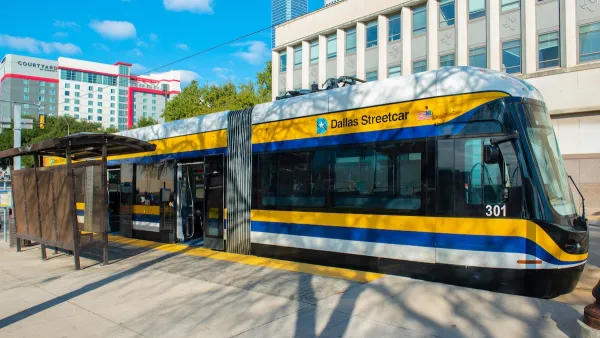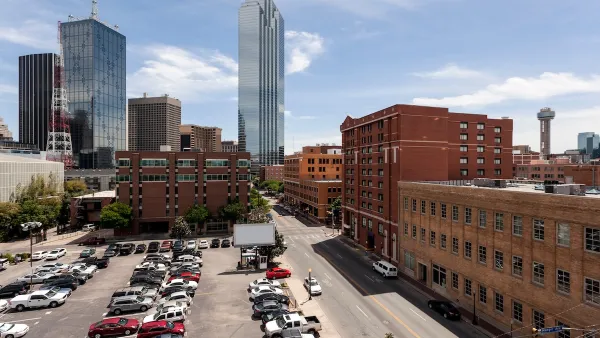How did recent projects in Baton Rouge, Dallas, and South Florida fare?

As the U.S. continues to grapple with issues of racial equity and justice, equitable development planning has emerged as a tool to address systemic inequity and advance inclusive investment strategies. In 2018 and 2019, JPMorgan Chase provided funding to 23 communities through the PRO Neighborhoods Competition to support the development of plans to advance equitable development in a range of neighborhoods experiencing disinvestment and neglect, including predominantly Black communities, racially and ethnically diverse low-income areas, and chronically distressed neighborhoods.
We had the opportunity to learn about the progress of these grantees by reviewing their final plans and interviewing a selection of the grantees. We’d like to share three key insights from their work.
No. 1— Root Equitable Development Planning in a Community’s History and Its Residents’ Experiences
In many cases, current neighborhood distress stems in part from unjust past policies and practices. By recognizing this history, and its continued disparate impact, communities can work to dismantle inequitable practices and construct new ones that explicitly and intentionally prioritize equity. This was the case in Baton Rouge, Louisiana, where one grantee, Build Baton Rouge (BBR), worked with residents to develop an equitable development plan as part of larger planning effort to address transit and public investment. BBR rooted the Imagine Plank Road plan in the community’s history, experience, and vision for the future.
The plan begins by chronicling the history of the neighborhood, including the white flight and disinvestment the area experienced following the end of segregation in the later part of the 20th century. As Christopher Tyson, executive director of BBR, explains, “If we begin with history, we remove the stigma from the people. . . . If you ride through Black communities and all you see is a collection of people who make poor choices, then you’re going to embrace solutions that likely further penalize, stigmatize, shame, and demean those people. If, however, you understand the failures of urban planning, finance, public and social policy, you are able to begin with people being humanized, valued, and centered.”
BBR led an experiential and participatory ...
FULL STORY: Lessons to Guide Future Equitable Development Planning

Planetizen Federal Action Tracker
A weekly monitor of how Trump’s orders and actions are impacting planners and planning in America.

Congressman Proposes Bill to Rename DC Metro “Trump Train”
The Make Autorail Great Again Act would withhold federal funding to the system until the Washington Metropolitan Area Transit Authority (WMATA), rebrands as the Washington Metropolitan Authority for Greater Access (WMAGA).

The Simple Legislative Tool Transforming Vacant Downtowns
In California, Michigan and Georgia, an easy win is bringing dollars — and delight — back to city centers.

The Small South Asian Republic Going all in on EVs
Thanks to one simple policy change less than five years ago, 65% of new cars in this Himalayan country are now electric.

DC Backpedals on Bike Lane Protection, Swaps Barriers for Paint
Citing aesthetic concerns, the city is removing the concrete barriers and flexposts that once separated Arizona Avenue cyclists from motor vehicles.

In These Cities, Most New Housing is Under 441 Square Feet
With loosened restrictions on “micro-housing,” tiny units now make up as much as 66% of newly constructed housing.
Urban Design for Planners 1: Software Tools
This six-course series explores essential urban design concepts using open source software and equips planners with the tools they need to participate fully in the urban design process.
Planning for Universal Design
Learn the tools for implementing Universal Design in planning regulations.
Smith Gee Studio
City of Charlotte
City of Camden Redevelopment Agency
City of Astoria
Transportation Research & Education Center (TREC) at Portland State University
US High Speed Rail Association
City of Camden Redevelopment Agency
Municipality of Princeton (NJ)





























